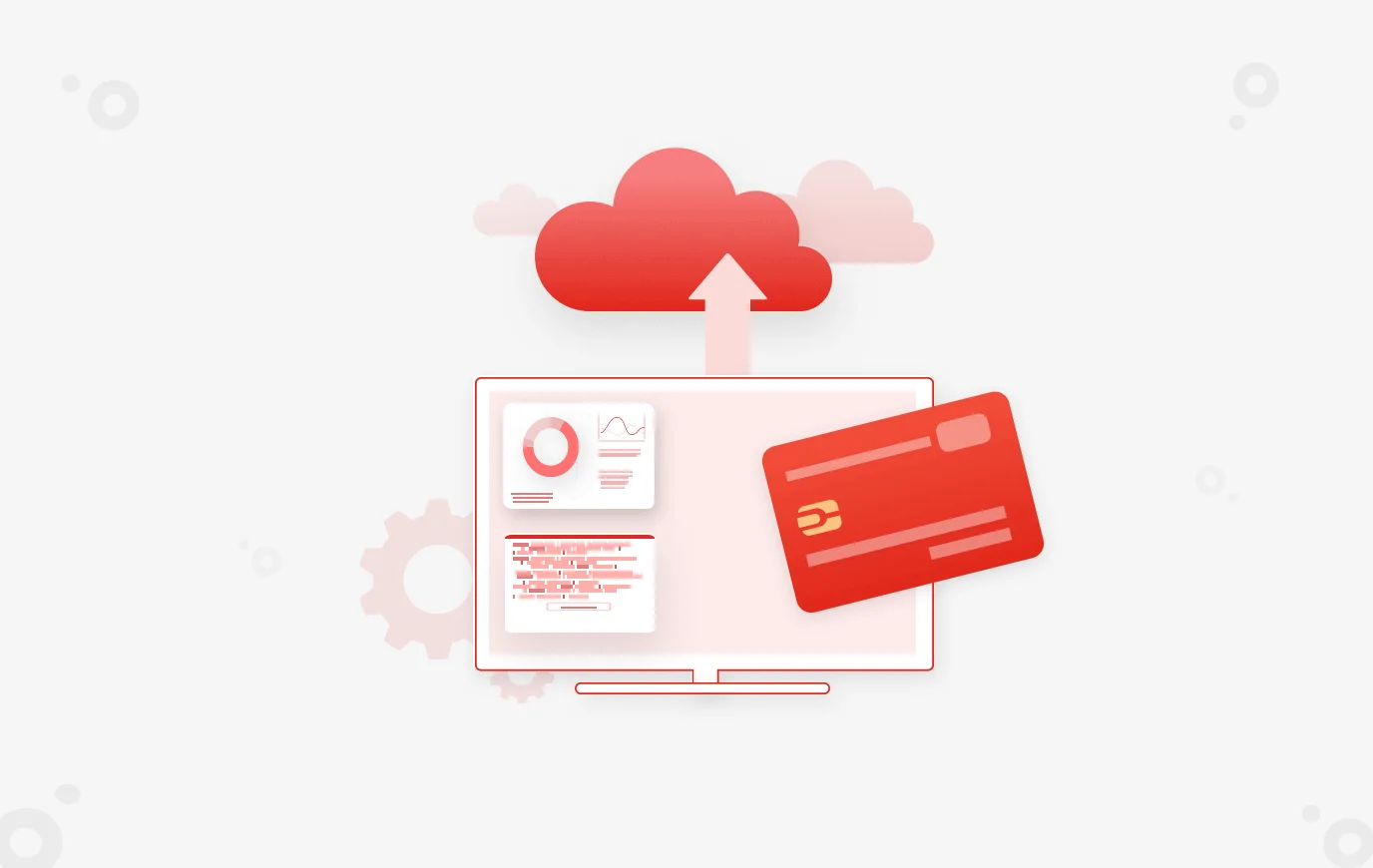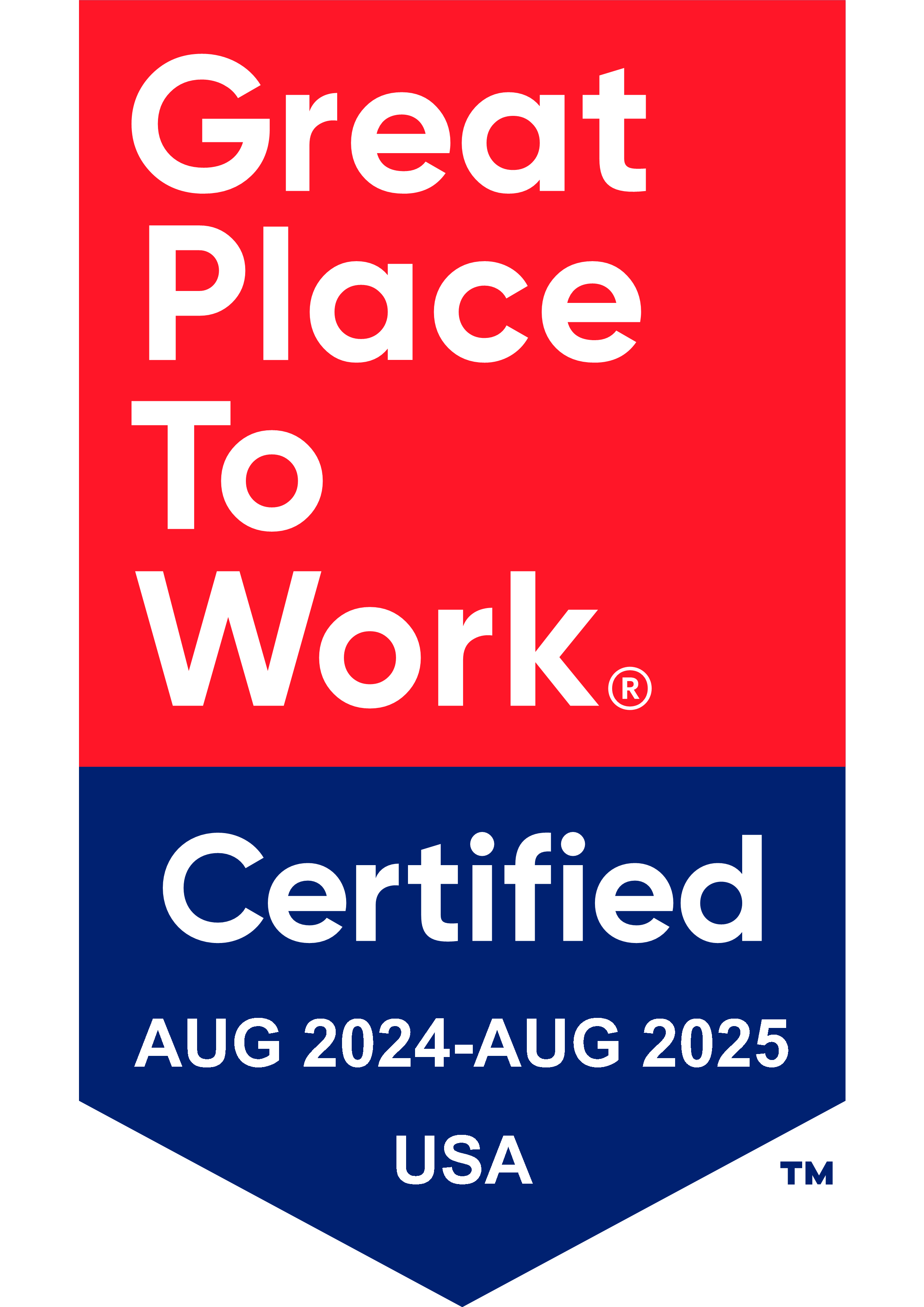To stay relevant in the Payments ecosystem, merchant acquirers need to migrate their core applications to a cloud-native environment as a strategy to lower IT costs and focus on building for the future. This article provides perspective on an approach with key cloud migration considerations for merchant acquirers..
What to Explore
Traditional Merchant Acquirer Challenges
Cost and margin pressures, as well as other challenges faced by merchant acquirers, especially the ‘traditional’ acquirers, are well known and documented in various articles. Also, in the public domain, is the fact that the relatively recent entrants to the merchant acquiring space have been changing the game with Fintech style innovation, lower operations costs and rapid enablement of support for newer payment methods and processes. A case in point is the significant difference in the merchant onboarding experience for ‘traditional acquirers’ compared to the ‘fintech’ style acquirers.
All ‘traditional’ acquirers realize the importance of building and enhancing their digital capabilities. Most of these organizations have considered digital transformation as well as cloud adoption as they look to keep pace with innovation in the merchant acquiring industry. However, these tend to manifest as disjointed solutions. For example, with regards to digital, the focus is more on exposing certain services across channels. Likewise, with regards to cloud, the focus is on measures such as migration of data to cloud or even lifting and shifting applications to cloud.
While these measures certainly benefit the organization, the fruits of such labor are limited. Apart from limited reduction in costs and marginal improvement in reliability and scalability, migrating data to the cloud has limited strategic benefits in terms of providing new capabilities like supporting new payment types and or more customer-oriented processes. Likewise, migrating existing applications to cloud “as-is” is primarily aimed at reducing IT operating costs with limited business benefits or value-add from a customer proposition.
What is the way forward?
True value will only be recognized when acquirers re-imagine their product proposition and service delivery. This may include identifying and re-architecting the critical capabilities and services for the digital and cloud era. However, it is vital to consider this as more than just a technology exercise. A fundamental requirement in re-imagining will be adopting customer centricity as a core pillar and applying leading methods such as design thinking and customer journeys for internal and external customers.
Suggested Approach
This is a daunting proposition. Should the organization launch into such an initiative, it will consume the energies of the IT and business teams, leaving limited budget and bandwidth for other BAU initiatives which are also essential. Above all, there is no guarantee that the organization will successfully accomplish all its objectives even after spending substantial time, effort and money.
A more measured approach is to embark on this journey iteratively, rather than ripping and replacing the entire technology landscape in one go. For example, the acquirer can, after due consideration for the product and service proposition going forward, carefully evaluate and identify certain key capabilities for cloud migration which can be candidates for the initial iterations. In arriving at this decision, the following factors may be considered:
- Can these candidates independently provide business value and test out the hypothesis for the related part of the product/service proposition?
- The risk profile of the candidate “capabilities” for the initial iterations – will these expose the acquirer to unnecessary risk at the outset itself.
- Technological complexity – nothing is gained by taking technically simple or very complex challenges.
- Does it provide all-round exposure in terms of technology/tooling/methods for both the business and technology teams that can be built upon in subsequent iterations?
Let’s examine one of the critical capabilities essential to the merchant acquirer: Dispute handling. Dispute management was long relegated to being labeled a back-office support application and not considered a major service differentiator. Recent industry trends have challenged this wisdom. An efficient dispute management capability is now a key service differentiator. Delays in interactions with the merchants around disputed transactions and their resolution more often than not result in financial losses to merchants and, at times, acquirers too, leading to merchant attrition.
Dispute Management
Traditionally, acquirers had either home-grown or packaged solution for managing disputes. These dispute applications were built either on legacy technologies or even relatively modern frameworks. Such implementations typically suffer from some of the following limitations:
- High TCO – a substantial portion of the cost may go towards the underlying framework IP and yet incur significant customization costs.
- Lock-in to some of the technology components used in the framework – in most cases, acquirers are paying for technology features which are unlikely to be fully utilized.
- Lack of agility since most business-related changes will need code modification of some form.
Rather than migrating the current dispute capabilities as-is to the cloud, it would be opportune for traditional acquirers to apply design thinking and customer-centric principles to reimagine their current dispute management capabilities while migrating to the cloud.
In addition to overall lower TCO, potential benefits include:
- Remove redundant / duplicated activities, help improve automation levels and reduce turnaround times for the acquirer as well as the merchant.
- Empower the merchants by providing timely updates about disputes and the ability to interact through the channel of their choice (paper, portal, API, etc.) depending on the merchant’s size and capabilities. In fact, multi-channel capabilities and a consistent interface for dispute management can help acquirers swing large global merchants their way and can be the difference in clinching the deal. And if all of these can be achieved in a consistent manner with reusable components, it reduces the overall support costs.
- Improved management of disputes, applying past learnings to improve utilization of limited operations resources.
Conclusion
There are no easy options, yet, as clichéd as it may sound, doing nothing is not an option. A strategic approach to cloud migration will serve traditional acquirers well and not only keep them in the fight to stay relevant but empower them to forge ahead. Rather than navigate this path by themselves, merchant acquirers will be well advised to partner with an SI or technology services company who can bring the experience of having helped other organizations in various industries traverse the cloud migration journey.
For a more detailed discussion on an approach for and advantages of moving disputes to the cloud, check out our webinar.
You Might Also Like


Data Security
Implementing Fine-Grained Data Access Control: A Complete Guide to GCP Column-Level Policy Tags
Learn More








